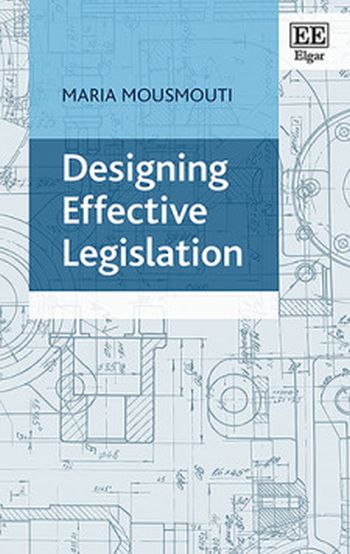
What is effective legislation? Can lawmakers around the world improve the effectiveness of their laws? And if yes, how? Designing Effective Legislation analyses legislative effectiveness in theory and practice and concludes that effective laws can be engineered through the use of particular design and drafting techniques.
Employing a clear and logical structure, the author demonstrates that four elements, that exist in every law, are paramount to effectiveness: purpose, content, context and results.
A clear purpose sets a benchmark for what a law aims to achieve. Well-designed and communicated content ensures that the law has the mechanics required to achieve the desired results, laws that integrate harmoniously the legal system ensure coherence and the lack of contradiction, and results determine what has been achieved and whether this corresponds to initial intentions.
By examining these four elements in unity and addressing the particular challenges involved in their design and drafting, lawmakers can secure the basic foundations of an effective law. Providing an in in-depth analysis of the concept of legislative effectiveness this book will be relevant to academics and researchers working in the fields of legislative studies, theory of law, regulation and the sociology of law but also to legal practitioners, policy makers and legislative drafters involved in the design or reform of legislation worldwide.